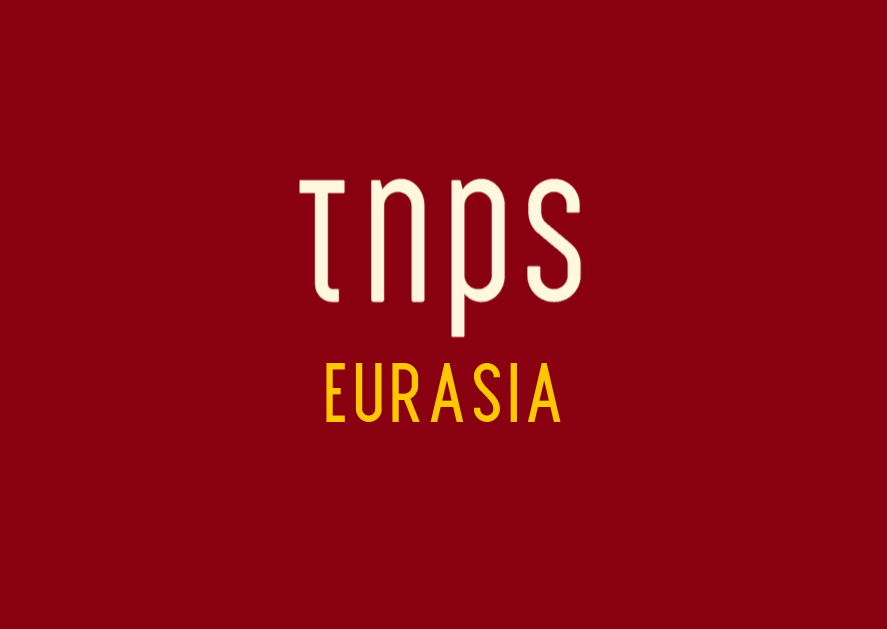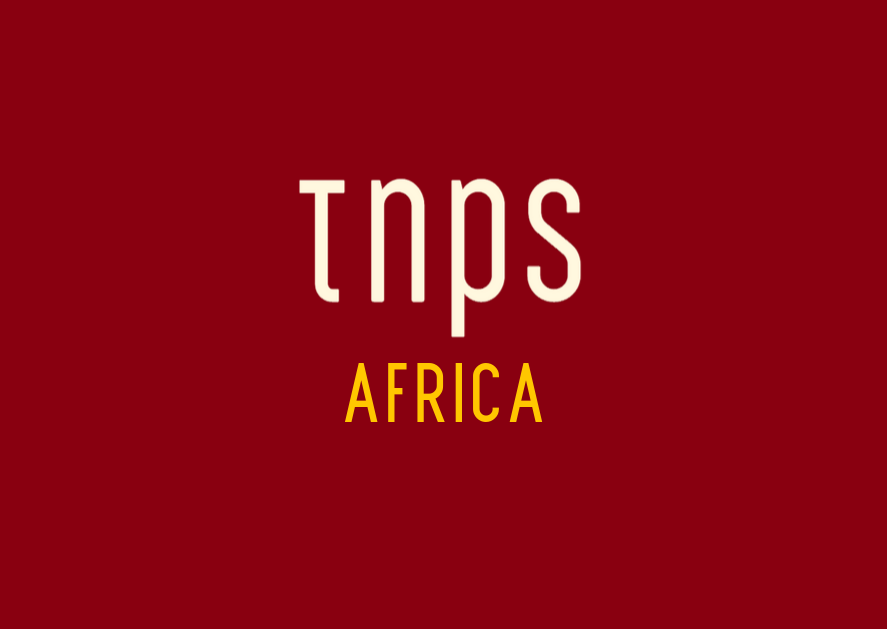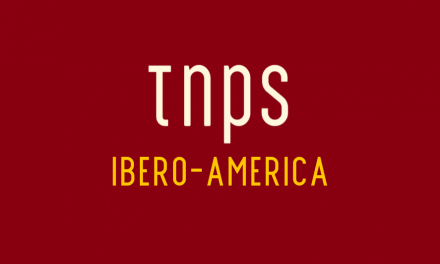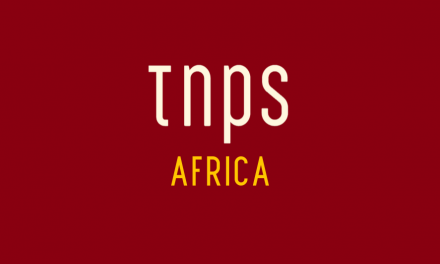Comparing apples and oranges is not the way to look at this. Focus on the positives!
Optimistic voices within Kazakhstan’s publishing industry see the current state of their book market as a formative one, ripe for growth. That’s the message emerging from this Central Asian republic that spreads into continent Europe geographically and has potential to reach wider book markets.
The average annual spend on books by Kazakhstani readers still lags significantly behind markets like the United States, highlighting a considerable gap to bridge, runs one concern, but comparing apples and oranges is not the way to look at this. Focus on the positives!
Industry Gathering Signals Intent
The upcoming 8th Astana Eurasian Book Fair, scheduled for 23-27 April, offers a tangible sign of growing optimism. Organisers are touting it as one of Central Asia’s most significant literary events, drawing in 70 companies from across Kazakhstan and internationally, including publishers, booksellers, academic institutions, and printers.
Modest Growth Amidst Underlying Challenges
Despite this upbeat outlook, national statistics paint a picture of more gradual progress in fostering a reading culture. In 2024, the overall volume of services provided by publishing companies saw a marginal year-on-year increase of just 0.8%. It’s important to note that this figure is significantly influenced by the printing of newspapers and periodicals, with textbooks continuing to be the dominant force in book sales.
Spending habits further underscore the challenge, with the average Kazakhstani spending a mere $3 annually on books, compared to five times that amount spent by their Russian counterparts.
While a third of the population holds library cards, the actual level of engagement remains unclear. A 2023 survey indicated that only just over a quarter of respondents had read at least one book in the preceding year, with lack of time being the most cited reason, followed by a simple lack of enjoyment in reading.
UK and US publishers would do well to think on that last point as phonics-driven English teaching destroys the joy of reading in our current school generation.
Sadly, over 80% of published titles are textbooks or educational materials, and retail markups can range from a hefty 60% to 100%. Kazakh publishers might want to ask if this is a factor in the lack of enjoyment of reading in the country.
Reliance on Imports and the Shadow of Russia
A significant factor hindering the development of the domestic publishing industry is the heavy reliance on foreign printing, with approximately 90% of books sold in Kazakhstan being printed abroad.
Concerns have also been raised about Russian publishers potentially relocating to Kazakhstan in response to international sanctions, further dominating the market.
Read more at The Times of Central Asia.
This post first appeared in the TNPS LinkedIn newsfeed.





